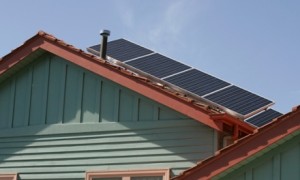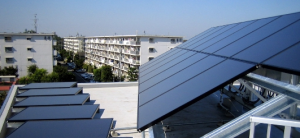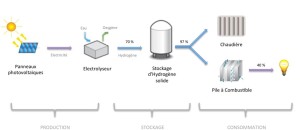by GILES PARKINSON, The Guardian, July 6, 2014

In a solar-driven energy democracy, even free coal has no value
Photo: AAP
Source: www.theguardian.com
As early as 2018, solar could be economically viable to power big cities. By 2040 over half of all electricity may be generated in the same place it’s used. Centralised, coal-fired power is over.
Last week, for the first time in memory, the wholesale price of electricity in Queensland fell into negative territory – in the middle of the day.
For several days the price, normally around $40-$50 a megawatt hour, hovered in and around zero. Prices were deflated throughout the week, largely because of the influence of one of the newest, biggest power stations in the state – rooftop solar.
“Negative pricing” moves, as they are known, are not uncommon. But they are only supposed to happen at night, when most of the population is mostly asleep, demand is down, and operators of coal fired generators are reluctant to switch off. So they pay others to pick up their output.
That’s not supposed to happen at lunchtime. Daytime prices are supposed to reflect higher demand, when people are awake, office building are in use, factories are in production. That’s when fossil fuel generators would normally be making most of their money.



